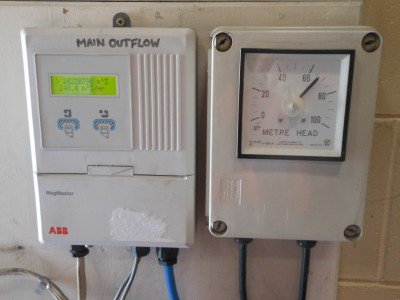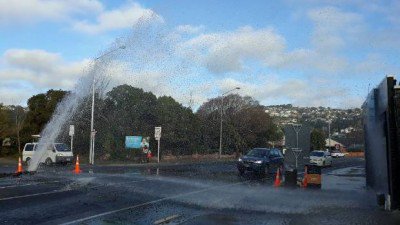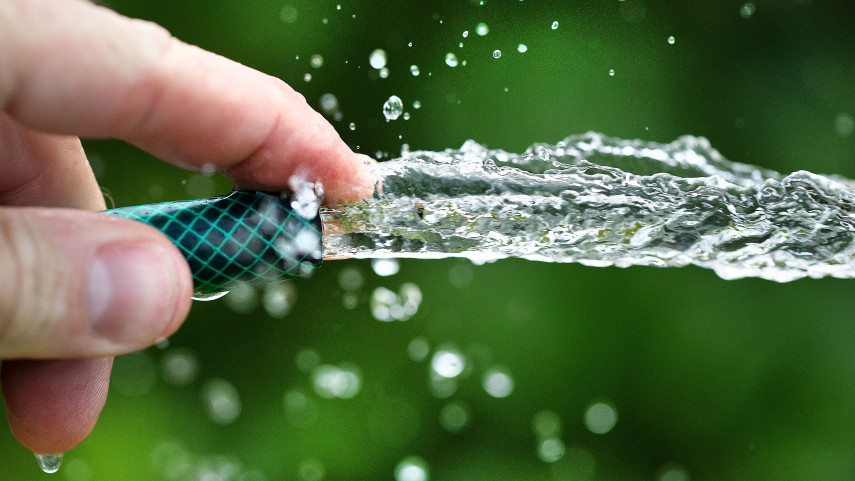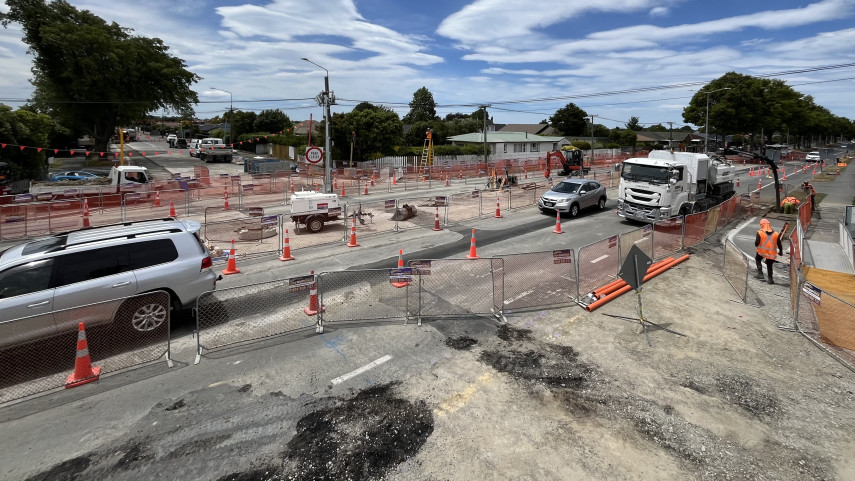Water pressure is a measurement of the force needed to move water from groundwater wells, through the water mains and into individual customer pipes. Water pressure can be expressed in metres which represents the equivalent height of a water column.

Water meter
Parts of Christchurch operate at an extremely high pressure of over 70 metres compared to more optimal water pressure ranges of 30 to 40 metres in other parts of the city.
Pressure management is pursued as part of Council’s commitment to conserve water and to protect the investment in water infrastructure.
The aim of pressure management is to supply water efficiently and sustainably whilst still providing an adequate water pressure.
Water pressure zones
After the earthquakes it became evident that large water supply zones makes it more difficult to get water supply back on following a disaster.
Proposed water supply rezoning aims to optimize the size of pressure zones to make disaster recovery faster and allow for water pressure to be managed at a more optimum range across the whole city.
The size of the new water supply zones will be a balance between land area and the number of water pump stations in each zone.
Water supply rezoning started in 2016 with the ring-fencing of the Rawhiti water supply zone.
Pressure management
Pressure management will help to reduce leaks, to minimize pipe bursts, to reduce peak demand, to lower pumping costs and to extend the life of water pipes. This means water can be supplied at an adequate pressure, but much more efficiently and sustainably.
Pressure management will result in the reduction of water supply pressure in some water supply zones, such as the Rawhiti water supply zone. The water pressure in the Rawhiti water supply zone will be reduced in steps over several months to ensure that an adequate level of supply is maintained at all properties.
After one year the benefits will be assessed and planning will be done to continue the roll-out of water supply rezoning and pressure management in other high pressure water supply zones.
Impacts
The reduction of excessive water pressure is not expected to impact individual households. The revised water pressure target will still be well in excess (four times higher) of what is required by an individual residential dwelling.
The Council has replaced and upgraded approximately 19,000 metres of old and over-utilized water supply pipes in the Rawhiti water supply zone to ensure that residents do not experience an unacceptable service as a result of pressure management.
The changes in pressure will not affect firefighting capacity in the networks. The Council has consulted with Fire and Emergency New Zealand and has advised building owners and their fire services companies to design and maintain private fire sprinkler systems to comply with the new pressure targets provided to the sector from 2014 onwards.
Reduced water pressure troubleshooting

Broken water main
Reduced water pressure may highlight existing problems such as a faulty water meter, a clogged main shut-off valve or a pressure regulator or tap that is not working.
If experiencing a problem with water pressure, the following simple checks can be performed to identify the cause of the problem:
- Make sure that the stop valve that controls water into the property is fully open
- Make sure that the taps controlling flow to the hot water system or appliances are fully open
- Check whether the pressure problem is also experienced at the outside front tap – if satisfactory at the front tap, then the problem is likely internal to the house plumbing
Note that there may be other reasons for a sudden drop in water pressure, such as a water leak in the system nearby. For ongoing problems that cannot be resolved through the checks provided above, please contact us on 03 941 8999 or go to ccc.govt.nz/report.
Map of water pressure zones
Related news

Water like you oughta this summer
Christchurch City Council is asking residents across Christchurch and Banks Peninsula to be mindful of their water use this summer to help keep the water supply network running smoothly.
23 Dec 2025
Marine hotels provide insights into Lyttelton Harbour health
Deep below the surface of Whakaraupō Lyttelton Harbour are invertebrates offering important clues about the health of the harbour.
17 Dec 2025
Harewood Road ‘super week’ starts in January
Contractors will be working 24/7 in a ‘super week’ of construction to speed up the installation of new traffic signals and upgrades to water supply pipes on Harewood Road.
16 Dec 2025